This page lists some of the marks and signatures found on antique or vintage Japanese cloisonné, bronzes, woodblock prints, paintings and other non-ceramic objects. For identification of marks on Japanese porcelain and pottery visit our Japanese Porcelain Marks Identification Guide. We are a member of eBay Partner Network. When you click links on this site and make a purchase, this can result in this site earning a commission.
Last updated: June 2024
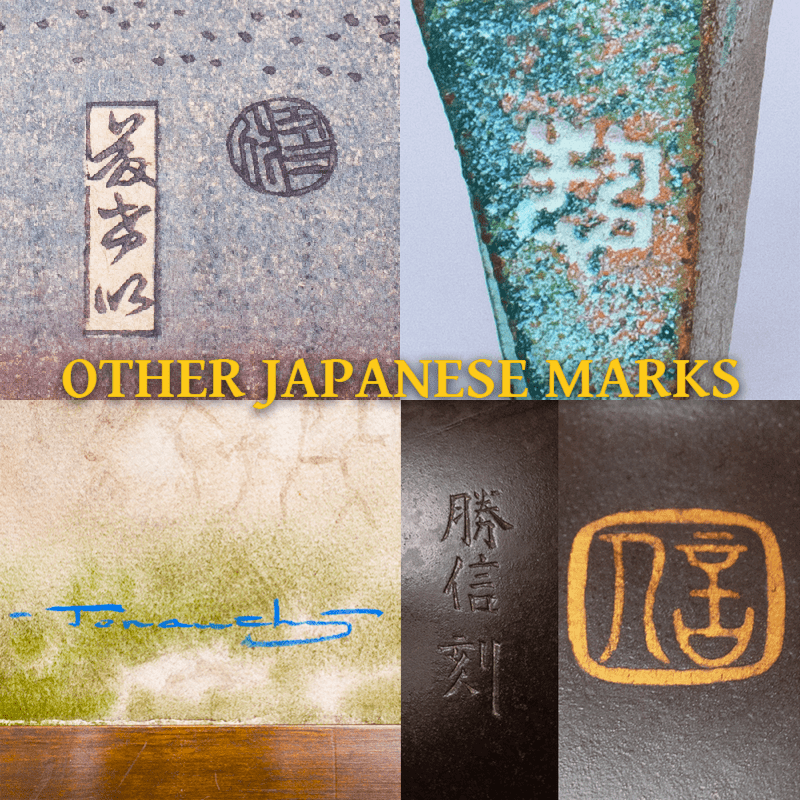
Marks on Japanese cloisonné, bronzes and other metalware
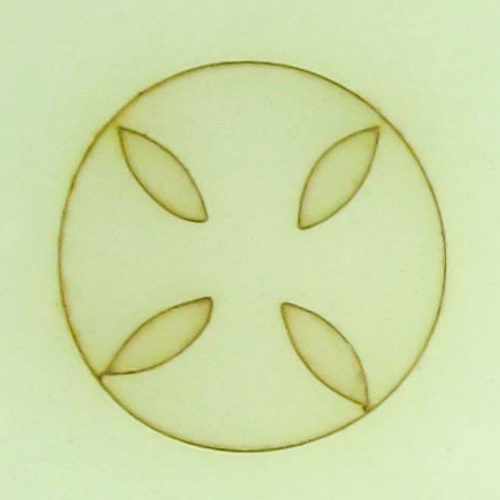
Ando Cloisonné Company – circular wire inlaid Japanese cloisonné mark of Ando Cloisonné Company (安藤七宝店), founded in 1880 by Andō Jubei and still active today.
See examples on eBay →
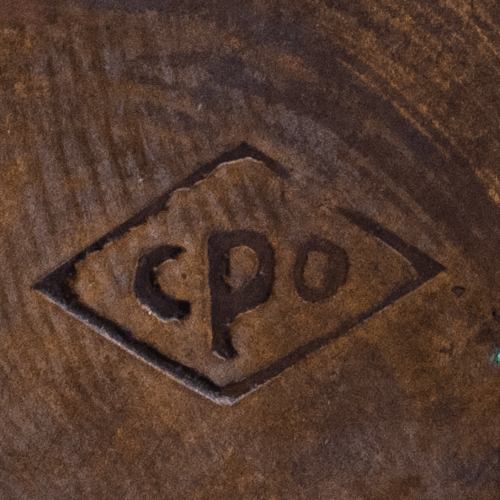
CPO – Central Purchasing Office – mark used on items sold to the Allied Forces during the occupation of Japan after the WWII (1945-1952). Sometimes also accompanied by ‘Made in Occupied Japan’.
See examples on eBay →
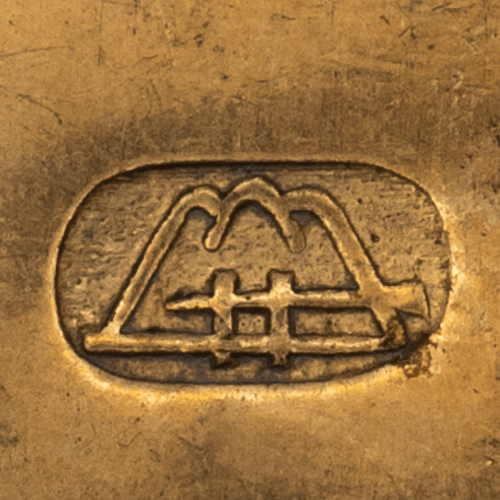
Fujii Yoshitoyo 藤井美豊 – mark used by Fujii Damascene Co., depicting Mt. Fuji (藤) with character ‘i’ (井) inside (= 藤井 ‘Fujii’). Early 20th century.
See examples on eBay →
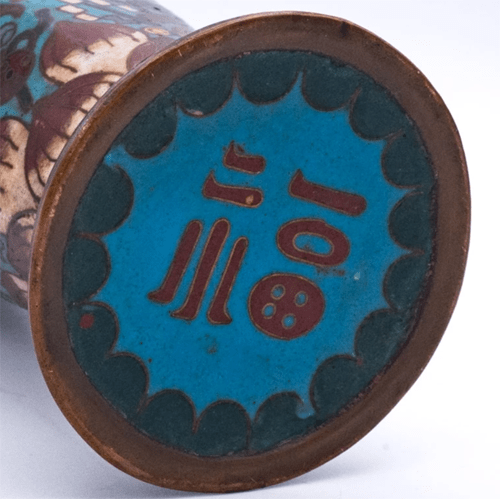
Fuku mark 福 (happiness or good fortune) found on early 20th century Japanese cloisonné
See examples on eBay →
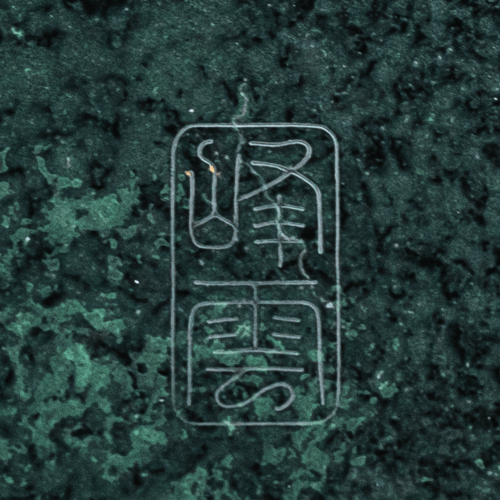
Hōun / Houun 峰雲 (alternative reading ‘Minegumo’) – found on later 20th century bronzes and copperware (Takaoka-doki). Shōwa era
See examples on eBay →
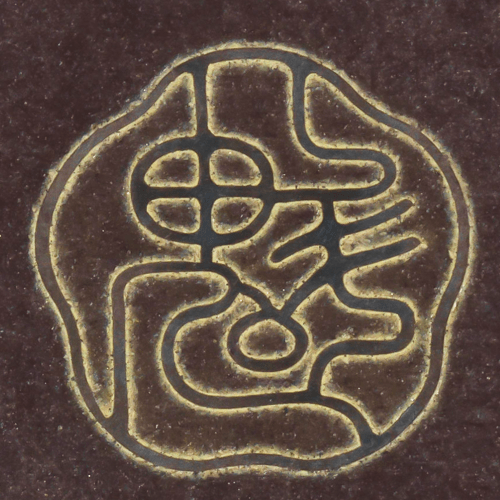
Namikawa Sōsuke 濤川惣助 (1847–1910) – silver wire inlaid ‘Sakigake’ mark of Japanese cloisonné workshop of Namikawa Sōsuke. Meiji period, late 19th – early 20th century.
See examples on eBay →
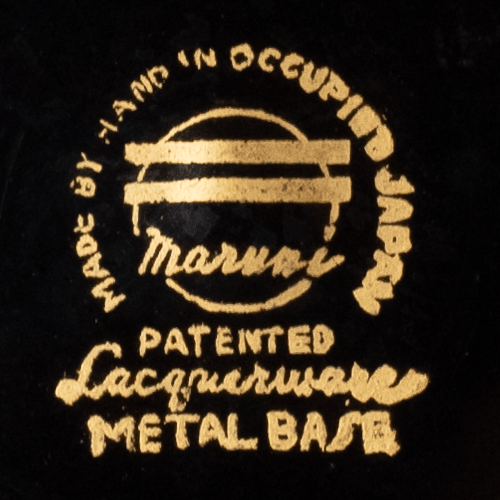
Maruni – vintage Japanese lacquerware dating to the occupation of Japan after the WWII (1945-1952). This mark is from a pair of lacquered and incised metal vases.
See examples on eBay →
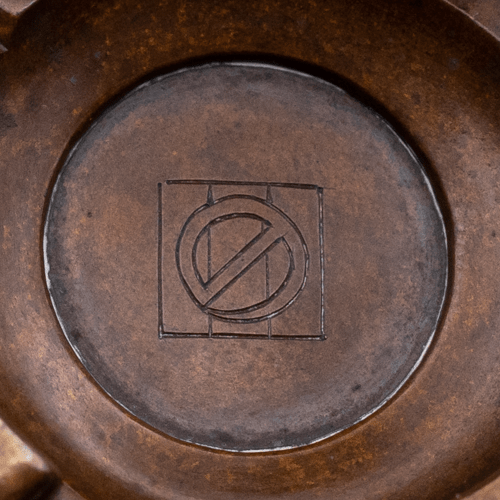
Nogawa Noboru 能川商店 – carved mark with hiragana character の (“no”) and three vertical lines in the background for 川 (“kawa” or “gawa” ). Meiji period metalware.
See examples on eBay →
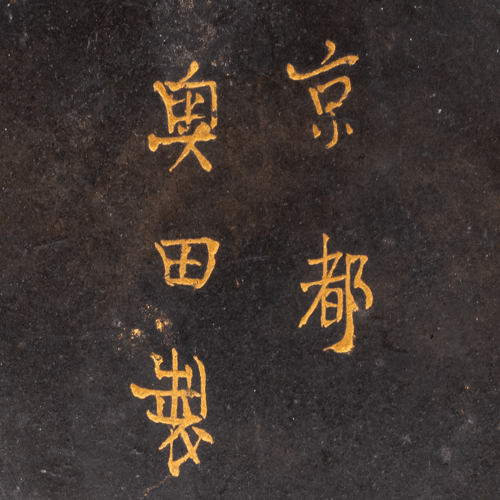
Okuda 奥田 – gilt lacquered pewter metalware signed 京都 奥田製 ‘Kyoto, Made by Okuda’. Late 19th or early 20th century.
See examples on eBay →
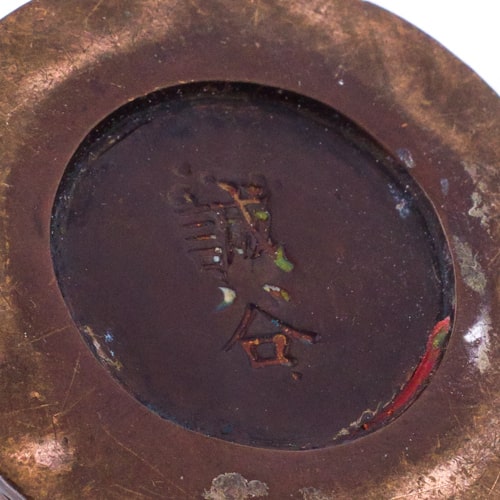
Seiya 誠谷 – studio of Genryusai Seiya – stamped mark found on Meiji period bronzes. Sometimes also ‘Seiya zo’ 誠谷造 or 源龍斎誠谷造 ‘Genryusai Seiya zo’
See examples on eBay →
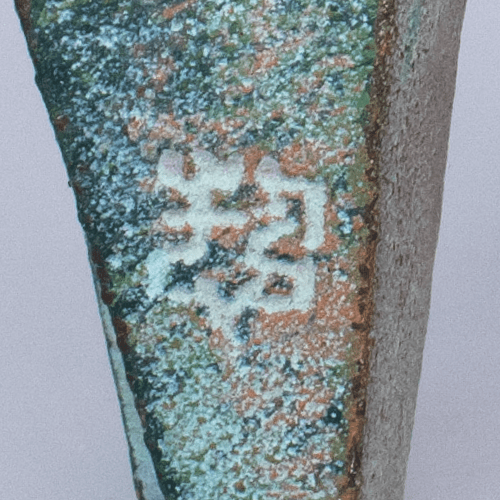
Sotaro Saegusa 三枝惣太郎 (1911-2006) – typical studio mark found on later 20th century cast iron animal figures
See examples on eBay →
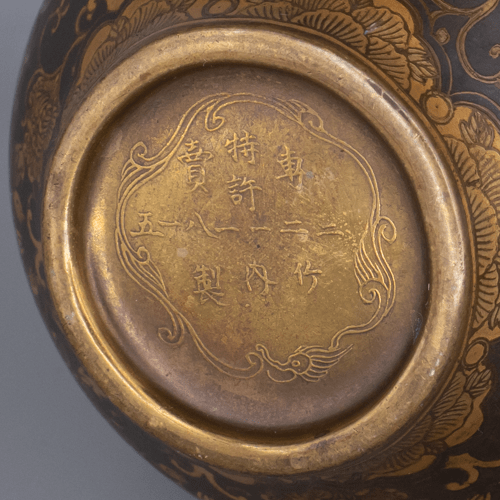
Takeuchi Chubei 竹内忠兵衛 – early 20th century Japanese bronze vases with embossed Takeuchi mark and patent number.
See examples on eBay →
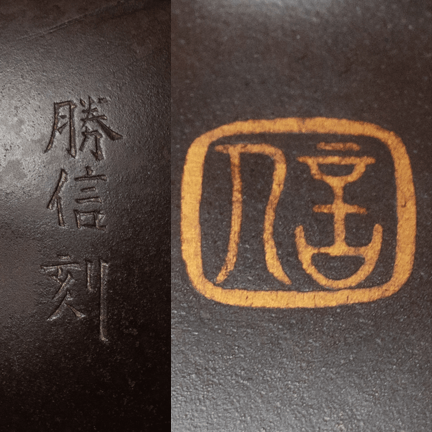
Tozan Katsunobu – Japanese Meiji period iron koro with incised signature 勝信刻 and gold inlay square seal underneath.
See examples on eBay →

Marks on Japanese ukiyo-e woodblock prints and paintings

Kawase Hasui 川瀬 巴水 (1883 – 1957) – ‘Hasui’ 巴水 seal found on Shin-hanga woodblock print published by Watanabe, c. 1930s
See examples on eBay →
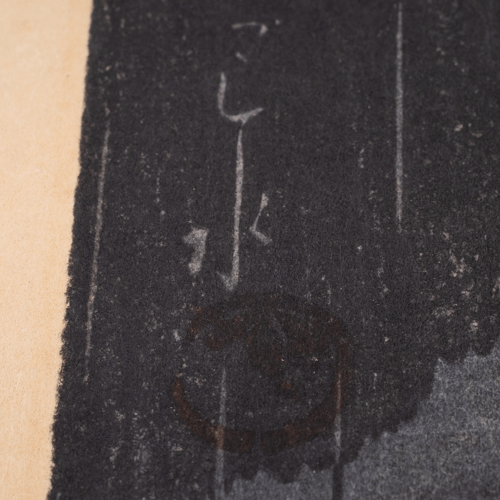
Kawase Hasui 川瀬 巴水 (1883 – 1957) – seal found on early 20th century Shin-hanga woodblock prints
See examples on eBay →
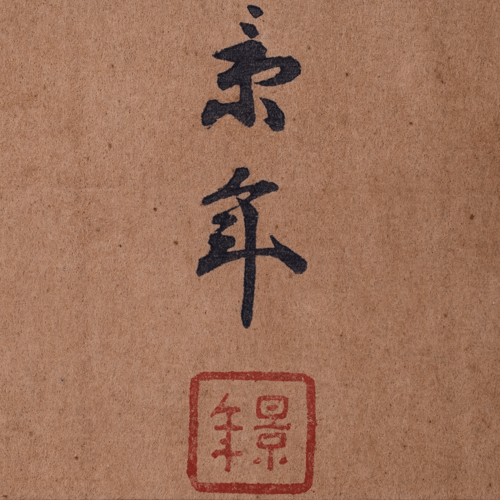
Imao Keinen 今尾 景年 (1845-1924) – seal found on woodblock prints from ‘Keinen kacho gakan’ 景年花鳥画鏡 (Keinen’s Bird-and-Flower Painting Album).
See examples on eBay →
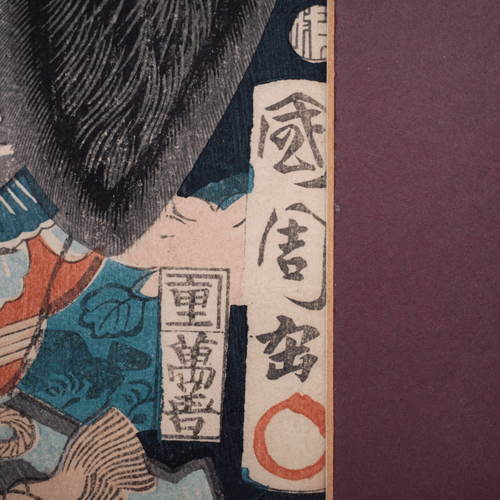
Kunichika Toyohara 豊原 国周 (1835-1900) – ukiyo-e woodblock print signed ‘Kunichika ga’ 国周画 with round red Toshidama seal. 1850s-1860s
See examples on eBay →
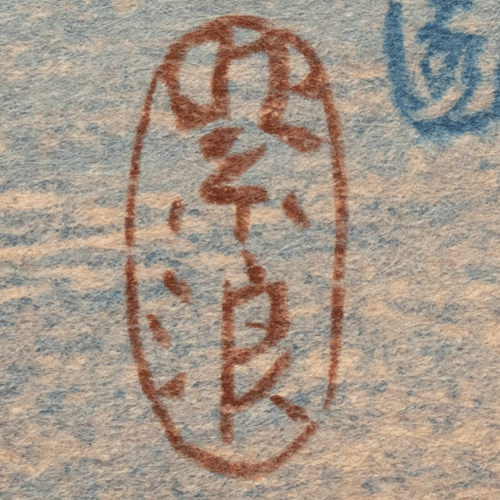
Shiro Kasamatsu 笠松 紫浪 (1898-1991) – oval ‘Shiro’ 紫浪 seal found on shin-hanga woodblock print published by Watanabe around c. 1930.
See examples on eBay →
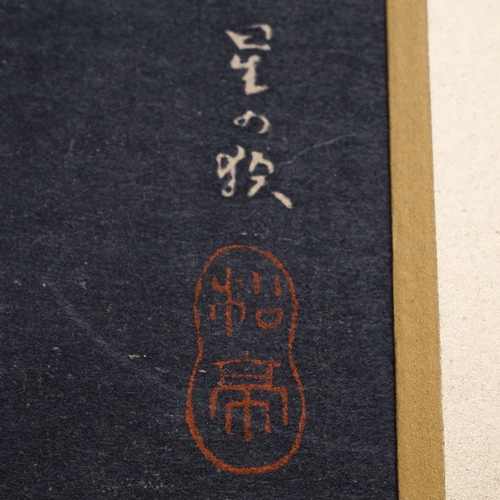
Takahashi Shōtei (高橋松亭), born Hiroaki (1871 – 11 February 1945) – shin-hanga woodblock print with post-earthquake ‘Shōtei’ red seal
See examples on eBay →
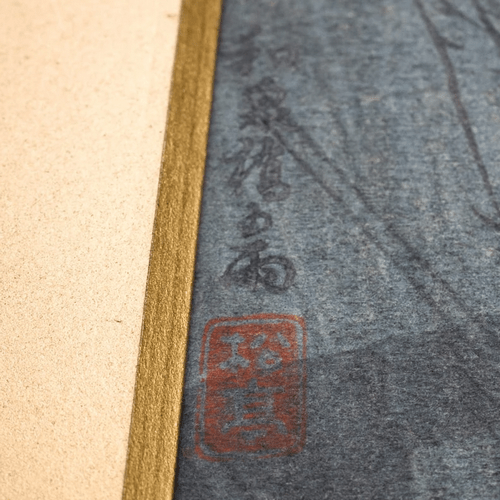
Takahashi Shōtei (高橋松亭), born Hiroaki (1871 – 11 February 1945) – alternative shin-hanga woodblock print with rectangular ‘Shōtei’ red seal
See examples on eBay →
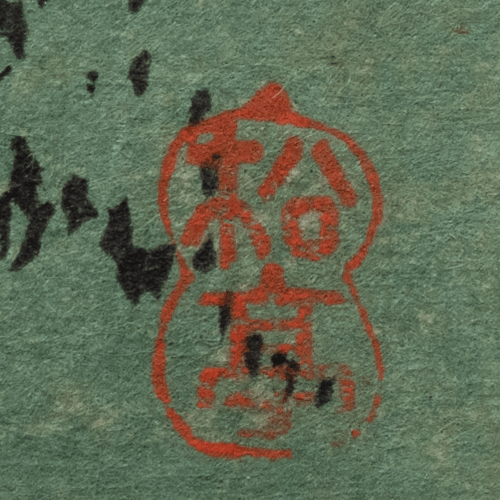
Takahashi Shōtei (高橋松亭), born Hiroaki (1871 – 11 February 1945) – ‘Shotei’ 松亭 double gourd seal found on Watanabe published woodblock print from c. 1920s-30s
See examples on eBay →
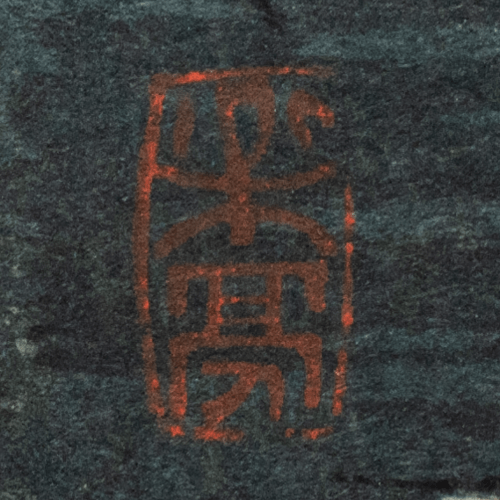
Takahashi Shōtei (高橋松亭), born Hiroaki (1871 – 11 February 1945) – rectangular ‘Shotei’ 松亭 (sometimes also interpreted as ‘Rakutei’) seal found on Watanabe Shozaburo published woodblock print from c. 1930s.
See examples on eBay →
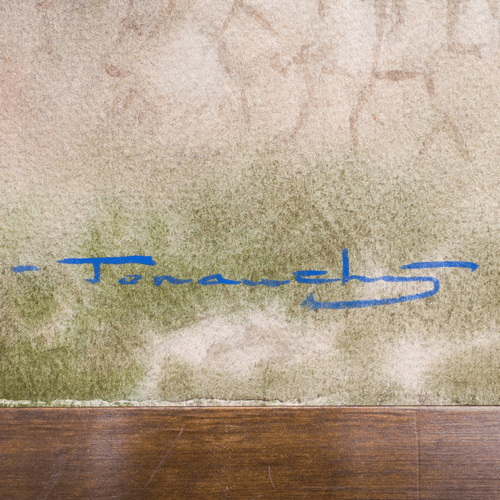
Terauchi – Fukutaro Terauchi (b. 1891) – signature found on c. mid-20th century watercolour painting on paper.
See examples on eBay →

Utagawa Hiroshige I 広重初代 (1797–1858) – signature 広重画 ‘Hiroshige ga’ from a late Edo period woodblock print dated c. 1845-46.
See examples on eBay →
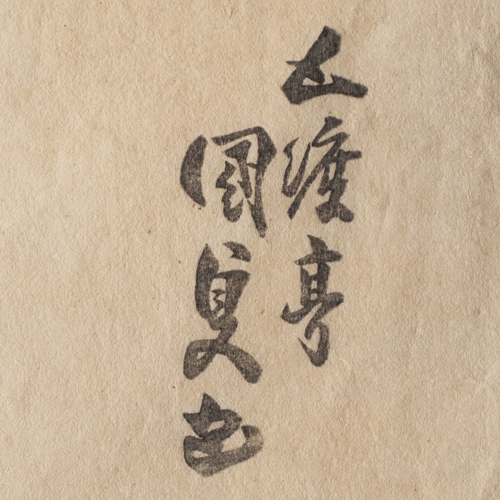
Utagawa Kunisada a.k.a. Toyokuni III (1786-1865) – signature 五渡亭国貞画 ‘Gototei Kunisada ga’ from a late Edo period woodblock print dated c. 1829.
See examples on eBay →
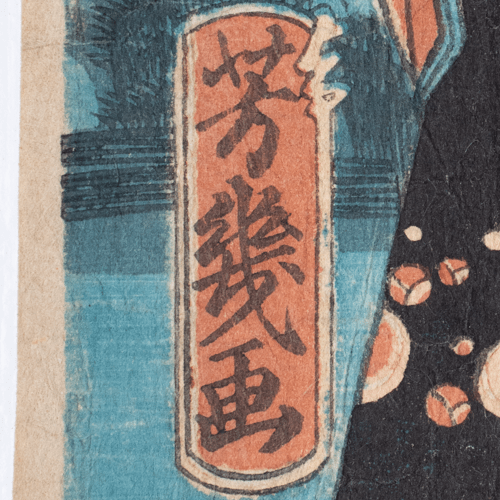
Utagawa Yoshiiku a.k.a. Ochiai Yoshiiku 落合芳幾 (1833-1904) – signature 芳幾画 ‘Yoshiiku ga’ from a late Edo period woodblock print dated c. 1860.
See examples on eBay →
Our new eBay listings | View all →






